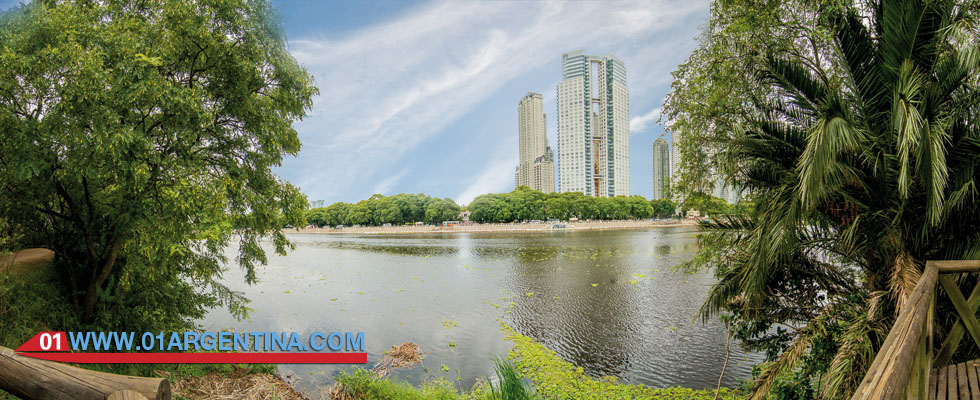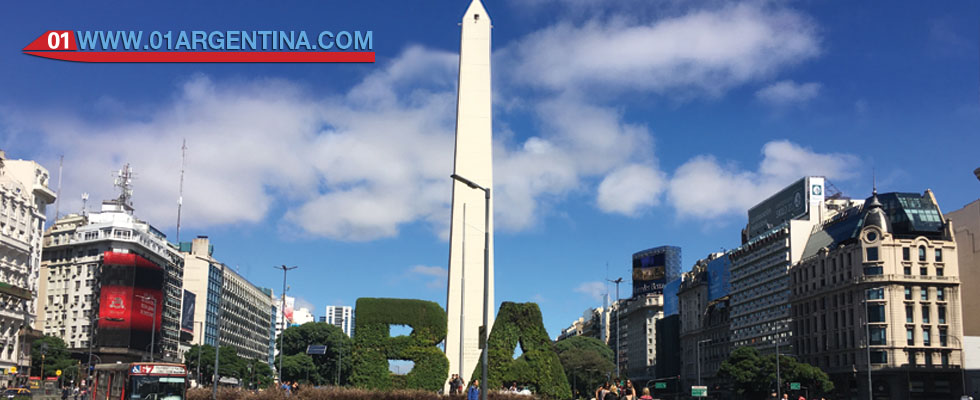Day 1 in Buenos Aires
For the first day of Buenos Aires we opted for the Tourist Bus. With the ticket you can go up and down as many times as you want. From 9 a.m. to 5 p.m., we will go through the main districts of the city and get a general overview. From this overview, the following days will be much easier to organize based on tastes, attractions and walks. Buenos aires is one of the most important cities in Latin America.
It has two circuits: one that runs through the south and the historical part and the other through the north. Visit the neighborhoods of Monserrat, San Telmo, La Boca, Puerto Madero, Retiro, Recoleta, Belgrano and Palermo, among others. It has 33 stops and some of them allow connection to join the two lines.
Night
To finish the day after so much travel, we go to a grill to taste the best Argentine beef. The roast is a traditional food of the country, but usually loves tourists too. As a starter, we recommend the provoleta – a semi-hard cheese that is dora on the grill – to continue with a strip roast or a good steak of chorizo, which can be accompanied by French fries. In the neighborhood of Palermo we can choose between La Cabrera (Cabrera 5127), El 22 (Carranza 1950), Alba River (Cervino 4499), Don Julio (Guatemala 4691).
Then, we walked a few blocks to enjoy the tango in some milonga. One of the best known is La Viruta (Armenia 1366), where there are classes and dance. Other options are Villa Malcom (av. Córdoba 5064) in an old social club and Oliverio Girondo (Vera 574) during the weekends.
Large salons, a glass of vermouth and the desire to dance tango are the condiments that will make you unforgettable tonight.
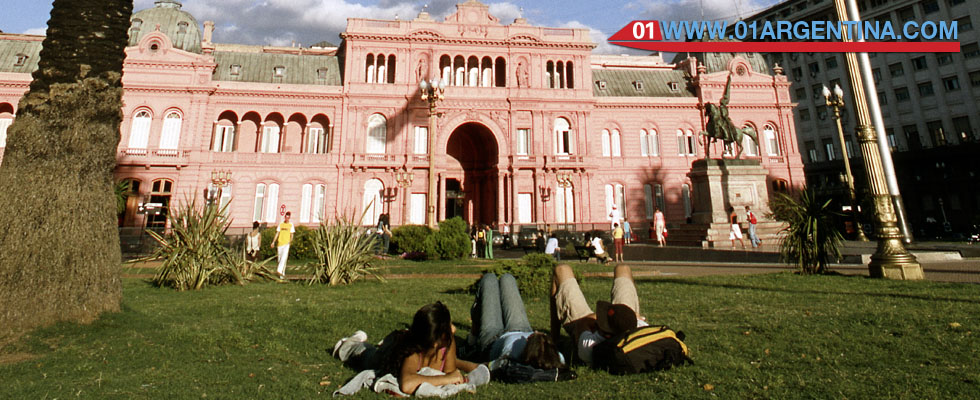
Day 2 in Buenos Aires
Morning
We start our second day in front of the Palace of Congress of the Nation, seat of the Legislative Power. Here begins the Av. De Mayo, which extends to the Government House, thus joining two of the three branches of the republic. The architecture of these stables will surprise us: the dome of the building of the Real Estate; The Barolo Palace, which symbolizes the Divine Comedy, the work of Dante Alighieri; The mythical Café Tortoni, with marble tables and tango spirit; And finally, the passage Roverano, an ancient gallery where in one of his businesses was cut the hair of Pope Francisco.
Now, we arrive at Plaza de Mayo, scene of multiple historical episodes of the city. Here are the Casa Rosada, headquarters of the National Executive Branch; The Cabildo, where the first government of the country was formed; And the Metropolitan Cathedral. The best location to appreciate these iconic constructions is from the Pyramid of May, in the center of the square and with a figure at its peak that represents freedom.
Midday
From the center of the square we walked three blocks to Florida 165, between Perón and Miter streets. There is the Güemes Gallery, an Art Nouveau building with one of the best panoramas of the city. Among many of the restaurants that have, we chose one for lunch before continuing our tour.
We walk in the pedestrian Florida, where in business you can find a wide variety of products. At the intersection with Av. Córdoba is Galerías Pacífico, an elegant shopping and artistic center. Turn left to walk to av. 9 de Julio, which boasts of being the widest in the world. From here we can appreciate the Obelisk, an emblem of the city that measures 67.5 meters.
We will visit more closely. After crossing 9 de Julio Avenue, one block away is the Teatro Colón, one of the most important opera houses in the world, which can be visited every day of the year. Her beauty dazzles. Opposite the theater, towards the front side is the Courthouse, seat of the Judicial Power and an imposing example of French architecture.
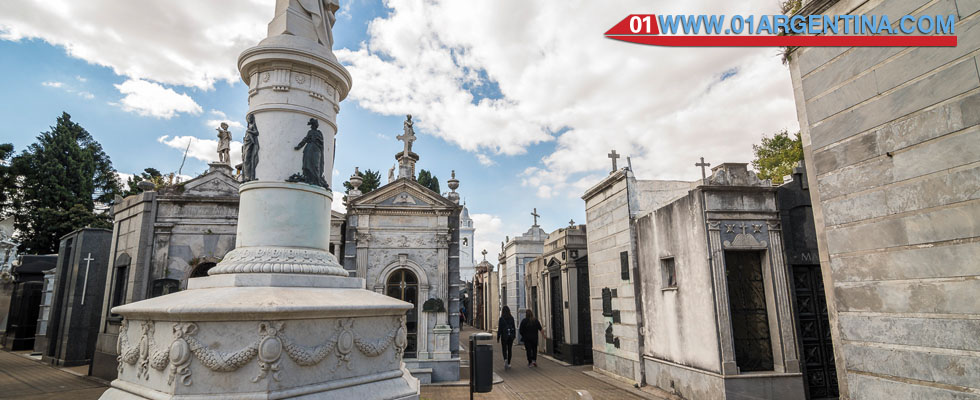
Evening
We take the collective line 5 in Libertad and av. Córdoba and 10 minutes later we are in Maipú and av. Santa Fe. Our next destination is San Martín Square, a luxurious green space that bears that name, since in 1812 the General of that surname installed the Regiment of Grenadiers a Caballo. Here are the Monumental Tower, which was a gift of the English for the centenary, and the Cenotaph to the fallen Falklands. A few meters away, you can see the Kavanagh building, which simulates the prow of a ship and was the highest of reinforced concrete during its time.
Night
The sun begins to fall and we walk on av. Leandro N. Alem heading south. They are 7 blocks to Corrientes Avenue, famous for its theaters and nightlife. It starts at Luna Park, Temple of Boxing, and features renowned pizzerias, where we stop to eat. Some of the alternatives are: The Pizza Palace (Corrientes Avenue 751), Las Cuartetas (Av. Corrientes 838), La Rey (Corrientes Avenue 961), Banchero (Corrientes Avenue 1300), Güerrín , Los Inmortales (Av. Corrientes 1369) or El Cuartito (Talcahuano 937).
For the theater, it is advisable to have tickets in advance. Anyway, there are so many shows that start during the night that it is very difficult to remain without alternative. Some of them are the Metropolitan Theater (Corrientes Avenue 1343), the Multiteatro (Av. Corrientes 1283), the Broadway Theater (Av. Corrientes 1155), the Apolo Theater (Av Corrientes 1372), the Lola Membrives Theater 1280) and the theaters of Paseo La Plaza (Corrientes Avenue 1660).
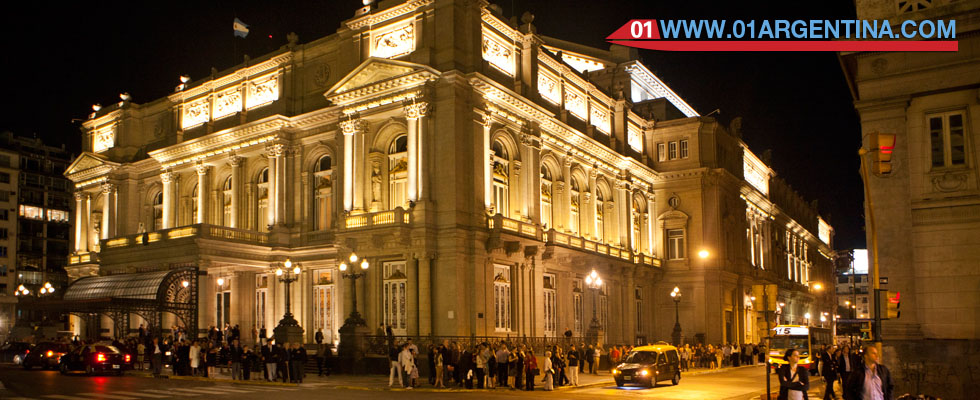
Day 3 in Buenos Aires
Morning
We start the day in an unprecedented cultural space in the world. The Ateneo Grand Splendid (av Santa Fe 1860) is an immense branch of a chain of bookstores that previously functioned as a cinema. From its architecture it emulates to the Theater of the Opera, of Paris. The confectionery is located where the stage was before, and what the boxes were today are small reading rooms.
Two blocks from where we are is the Bond Street Gallery, a space of rock, metal, Japanese culture and tattoos. You can visit those three floors as well as continue walking on the av. Santa Fe, where there are shops of clothes, shoes and other products.
Midday
We walked on the av. Callao to Guido Street, where we turn left and after two blocks we reach the Cementerio de la Recoleta. This necropolis is one of the most famous in the world due to its location in a residential area and especially its mausoleums and the history of those who are buried there. Evita’s mausoleum is the most visited tomb.
The cemetery gate is on Plaza Francia. We walk through this green space that is presided over by the Basilica Nuestra Senora del Pilar, the second oldest church in the city. We walk along the Alvear Avenue, which is born in this square to know its elegant Parisian architecture. In the neighborhood of Recoleta wealthy families settled in spectacular mansions and many reconfigured themselves. In less than one hundred meters are the Ministry of Culture (Av. Alvear 1661), the Maguire Palace (Av. Alvear 1681), the Duhau Palace (Av. Alvear 1661) and the Apostolic Nunciature (Av. Alvear 1637). In the square of the next block are the Jockey Club (Av. Alvear 1345) and the Palaces Ortiz Basualdo and Pereda that currently function as the embassies of France and Brazil, respectively.
For lunch we choose the restaurants of the hotels in the area. We can choose between Elena (Posadas 1086), a luxurious still life inside the Four Seasons Hotel; Gioia (Posadas 1350), with a terrace in the Palace Duhau Park Hyatt or classic French food in La Bourgogne (Ayacucho 2023) in Hotel Alvear.
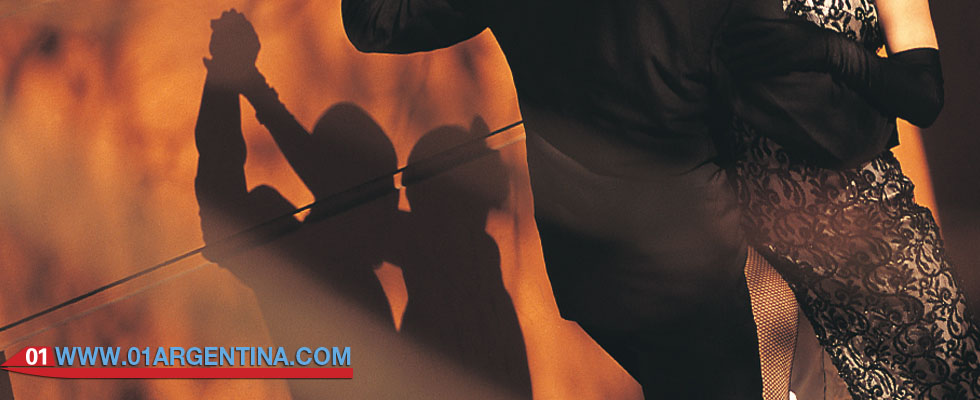
Evening
We walked on av. Callao to av. Las Heras and we take a bus (line 60, 37 or 59) to our next destination, the Botanical Garden (av Santa Fe 3951). It is time to disconnect and enjoy nature in this immense park of 7 hectares. It has more than 6000 plant species, a herbarium, five greenhouses – one of them famous for its Art Nouveau style, marble sculptures and a large house that usually have different art shows.
The back of this garden is on the av. Las Heras at the intersection with Lafinur street. We take this quiet block to stop at the Evita Museum (Lafinur 2988). Here we will know the life and work of one of the most transcendental women in Argentine history: Eva Perón. We can also enjoy a rich tea and croissants in its beautiful patio.
Night
When the sun falls, we dress formal because the Columbus Theater awaits us (Cerrito 628). We saw it from the outside, but it’s worth getting a ticket for a show and enjoying the acoustics and its sumptuous decor from the inside. Restored between 2001 and 2010, the main hall has a horseshoe shape and by its stage passed the most important directors, singers and dancers of history.
Day 4 in Buenos Aires
Morning
Well early up is the turn of the south of the city. We had breakfast in La Flor de Barracas (Suárez 2095), recognized as one of the notable bars of the city that has been operating since 1906. A few meters away is the Lanín passage, easy to distinguish because it has its facades intervened by the plastic artist Marino Santa María. Less than 15 blocks to the Riachuelo is the largest mural in the world, «El regreso de Quinquela» (Lavadero and San Antonio), by Alfredo Segatori.
In the streets Luján and San Antonio we take the bus line 20 to Caminito, the emblematic street-museum of the neighborhood of La Boca. Before walking these picturesque blocks, we can visit in two different corners the contemporary art museum Proa Foundation or the Fine Arts Museum, Quinquela Martín Museum, the characteristic artist of theneighborhood. To close our morning we must choose between sports and architecture. The first option is the Boca Juniors Stadium and the second is the Usina del Arte, a centuries-old Florentine castle that functions as a cultural center.
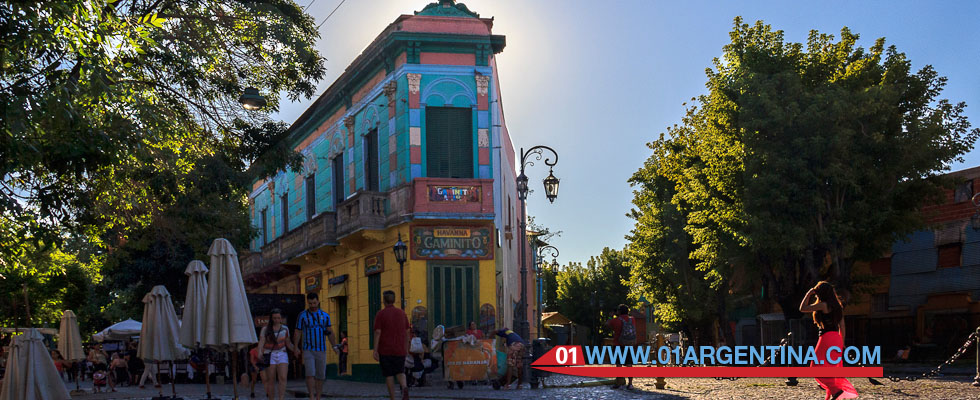
Midday
We are going to San Telmo, where is Parque Lezama (av. Columbus Avenue and av. Brazil), a green space of canyons highlighted in popular culture and for its sculptures. It is also home to the National Historical Museum. Near the entrance of the museum, at the intersection with Defensa, av. Caseros, which offers a wide variety of gastronomic proposals in a few blocks. Continuing for Defense, we crossed below the highway and five blocks later we arrived at Plaza Dorrego, the heart of the neighborhood. Here is a recommended fair every Sunday.
Evening
We continue on Defensa Street and turn right into the United States. We have to walk about ten blocks that include crossing the dam of Puerto Madero to reach the Ecological Reserve, a green paradise in the city. It is easy to find the access door, is right in front of the Fountain of the Nereids, magnanimous work of the artist Lola Mora.
Already rested, we followed our walk bordering the dike. The dams of the old port are now restaurants and each space keeps its charm. We can get to know the Ship Museum Frigate Sarmiento or the Ship Corbeta Uruguay Museum and take a photo from the Bridge of the Woman, which symbolizes a couple dancing tango. We finish at Dyke 1, where the Amalia Lacroze de Fortabat Art Collection (Olga Cossettini 141) is worth a visit, which includes works by Warhol, Berni and Xul Solar, among others.
Night
To close the day, a show awaits us at the Cultural Center Kirchner, a building inaugurated in 2015 that previously functioned as the mail building. It has more than one hundred thousand square meters and an architecture that places it among the city’s sights. There are conferences, exhibitions and has two of the most important music venues in the world: the Blue Whale of symphonic music for 1750 people, and a chamber music room. Its pendant glazed structure emulates a large lamp.
